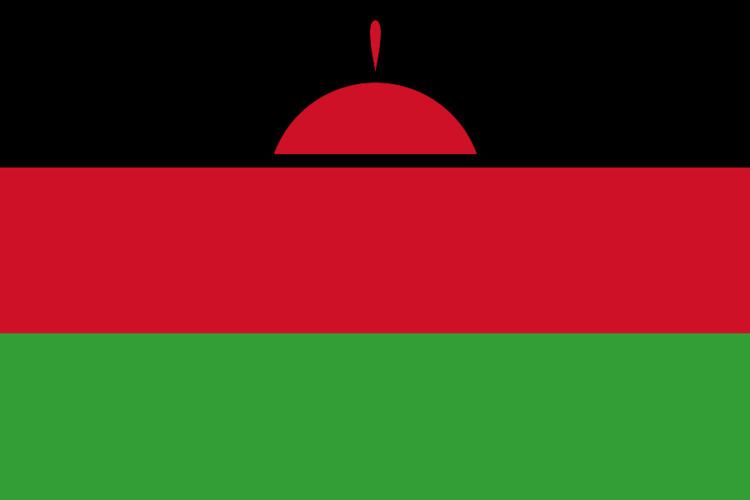Population 16.36 million (2013) Population growth rate 2.8% annual change (2013) | Life expectancy 54.72 years (2012) GNI per capita 750 PPP dollars (2013) | |
 | ||
Fertility rate 5.47 births per woman (2012) | ||
This article is about the demographic features of the population of Malawi, including population density, ethnicity, education level, health of the populace, economic status, religious affiliations and other aspects of the population.
Contents
- Map of Malawi
- Population
- UN population projections
- Vital statistics
- Fertility and Births
- CIA World Factbook demographic statistics
- Population growth rate
- Sex ratio
- Ratio of medical doctors to general population
- Life expectancy at birth
- Nationality
- Ethnic groups
- Religions
- Languages
- Literacy
- References
Map of Malawi
Malawi derives its name from the Maravi, a Bantu people who came from the southern Congo about 600 years ago. On reaching the area north of Lake Malawi, the Maravi divided. One branch, the ancestors of the present-day Chewas, moved south to the west bank of the lake. The other, the ancestors of the Nyanjas, moved down the east bank to the southern part of the country.
By AD 1500, the two divisions of the tribe had established a kingdom stretching from north of the present-day city of Nkhotakota to the Zambezi River in the south, and from Lake Malawi in the east, to the Luangwa River in Zambia in the west.
Migrations and tribal conflicts precluded the formation of a cohesive Malawian society until the turn of the 20th century. In more recent years, ethnic and tribal distinctions have diminished. Regional distinctions and rivalries, however, persist. Despite some clear differences, no significant friction currently exists between tribal groups, and the concept of a Malawian nationality has begun to take hold. Predominantly a rural people, Malawians are generally conservative and traditionally nonviolent.
The Chewas constitute 90% of the population of the central region; the Nyanja tribe predominates in the south and the Tumbuka in the north. In addition, significant numbers of the Tongas live in the north; Ngonis—an offshoot of the Zulus who came from South Africa in the early 19th century—live in the lower northern and lower central regions; and the Yao, who are mostly Muslim, predominate in the Southern Region of the country and live in a wide band from Blantyre and Zomba north to Lake Malawi and east to the border with Mozambique. Bantus of other tribes came from Mozambique as refugees.
Population
According to the 2010 revision of the World Population Prospects the total population was 14 901 000 in 2010, compared to only 2 881 000 in 1950. The proportion of children below the age of 15 in 2010 was 45.8%, 51.1% was between 15 and 65 years of age, while 3.1% was 65 years or older.
TFR - 5,2
Structure of the population (DHS 2010) (Males 55 159, Females 58 414 = 113 574) :
Structure of the population (DHS 2014) (Males 6 855, Females 7 125 = 13 979) :
UN population projections
Numbers are in thousands. UN medium variant projections
Vital statistics
Registration of vital events is in Malawi not complete. The Population Departement of the United Nations prepared the following estimates.
Births and deaths
Fertility and Births
Total Fertility Rate (TFR) (Wanted Fertility Rate) and Crude Birth Rate (CBR):
Fertility data as of 2010 (DHS Program):
CIA World Factbook demographic statistics
The following demographic statistics are from the CIA World Factbook, unless otherwise indicated.
Population growth rate
2.763% (2011 est.)
Sex ratio
Ratio of medical doctors to general population
1 Doctor/65,000 Malawians
